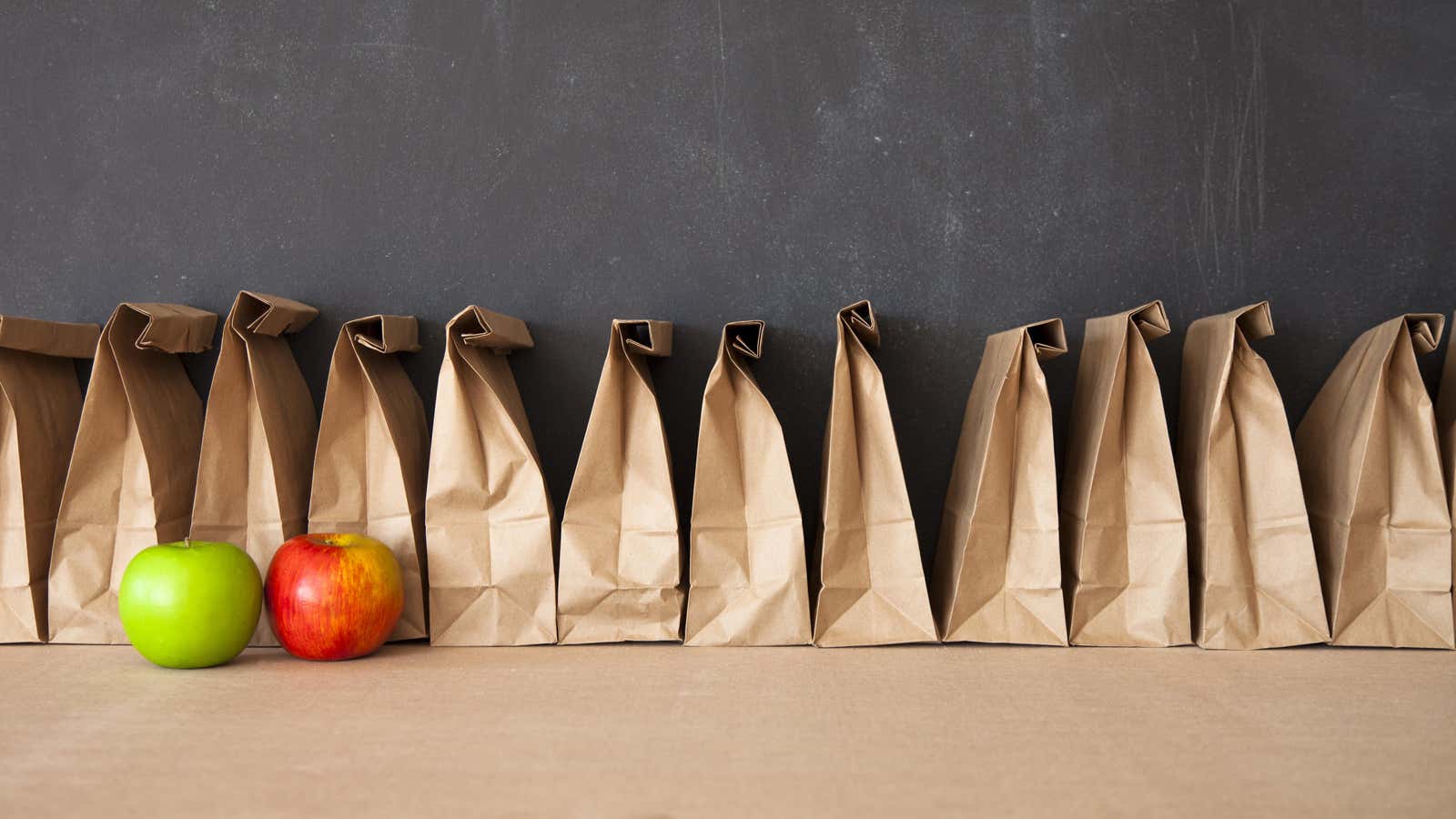How to Pack a Healthy School Lunch Your Child Will Actually Eat

The pandemic has changed not only the way our children learn, but also the way they eat. Gone are the days when we cooked lunch the night before or in the morning at school – we were now preparing more than three meals a day on the go, even as we balanced virtual learning and working from home. But now that many districts are returning to full-time education, kids are dragging it back to school again, leaving parents wondering if we even remember how to pack school lunch?
“I got into this scheme when we had a brunch or lunch like weekend plus a regular dinner,” says Stephanie Conner, host of the award-winning Kiddos in the Kitchen podcast. “If until then someone was hungry, then everyone knows where the snacks are. I couldn’t stand three meals a day. “
But now we must change our thinking once again, thinking in advance not only about what our children will actually eat at any moment, but also about what will give them the energy they need to get through the school day, stay fresh and will be healthy enough.
Conner, who also writes about how she helps her son, who has food allergies including dairy, peanuts and soy, forge healthy relationships with food on her Kiddos Cook blog , shares some tips for making a healthy meal so that it doesn’t have to be a routine.
Keep school lunches simple (and include notes)
When full-time education resumed for her son, it was another big shift for the Conner family. They had to change their eating habits again. Typically, at the start of the school year, Conner would spend the weekend collecting lunch, such as chicken and rice or spaghetti in a thermos.
But when her son came home from school, she noticed that he barely ate. Not that he didn’t like what she had prepared; Taking precautions in the wake of the pandemic, her son’s school has significantly cut meal times.
“He really wasn’t that hungry at lunch and only has 15 minutes to eat,” she says. “It was more than he could eat in the allotted time.”
She was looking for ways to prepare food that was not only easy to prepare every morning, but her son could eat in the short time he had. She adds that your child most likely won’t remember how much time you spent on his lunch – it’s your little things that make him special.
“If you’re going to spend extra time eating lunch, write your child a note,” she says. “My child loves to receive lunch notes. I got rid of this habit, and now he asks me why I don’t do this anymore. “
Snacks and leftovers are your friend
It’s easy for parents to think of lunch as dinner and put protein in the middle of the plate. But Conner says that one thing that worked for her when she made her son’s morning dinner was to make him food like Oscar Mayer’s Lunchables, only healthier. She reserves one segment for protein, for example, pepperoni or ham. She puts fresh fruit in one, and crackers or pretzels in the other.
“It’s just a simple combination of what he can actually finish, and I can always mix it up so that there’s something new every day,” she says.
And as Conner shifts his focus from lunch to breakfast and dinner, there is usually leftover food left over to eat well the next day.
“Things like cold chicken or pizza are perfect for lunch,” she says.
Let the children help you choose and prepare lunch
There are days when Conner adds juice or a pre-packaged snack to her son’s lunch, which makes him as excited as when he finds a note from her.
She also encourages parents to ask their children to help them prepare dinner the night before, or to accompany them on a grocery trip to help them choose what they would like to eat for lunch or other meals during the week.
“He could have picked something that I wouldn’t have thought about,” she says. “Whether it’s helping them choose things for their lunch or meal, giving them this leeway is so simple and effective. They can see where their food comes from and have some control over what they are going to eat this week. Control is what they want. “
Of course, if you’d rather avoid the chore entirely, it’s worth noting that the USDA has extended the free meal programs for all children until June 2022.